Rising Health Awareness
Increasing health consciousness among consumers drives the Global Smart Mirror Market Industry. Smart mirrors equipped with health monitoring features, such as heart rate and skin analysis, cater to the growing demand for wellness products. This trend is particularly evident in the beauty and fitness sectors, where consumers seek tools that provide insights into their health and appearance. The potential for smart mirrors to offer personalized health advice and track fitness goals positions them as valuable assets in modern households. Consequently, the market is expected to grow significantly, with projections indicating a rise to 15 USD Billion by 2035.
Technological Advancements
The Global Smart Mirror Market Industry is experiencing rapid growth due to continuous technological advancements. Innovations in display technologies, such as OLED and LCD, enhance the visual quality and interactivity of smart mirrors. Additionally, the integration of artificial intelligence and voice recognition systems allows for personalized user experiences. For instance, smart mirrors can now provide real-time health monitoring and beauty recommendations based on user preferences. As a result, the market is projected to reach 3.08 USD Billion in 2024, reflecting the increasing consumer demand for high-tech home solutions.
Sustainability and Energy Efficiency
Sustainability concerns are shaping the Global Smart Mirror Market Industry as consumers increasingly prioritize eco-friendly products. Smart mirrors that incorporate energy-efficient technologies and sustainable materials appeal to environmentally conscious buyers. Features such as energy-saving modes and the ability to monitor energy consumption align with global efforts to reduce carbon footprints. This growing emphasis on sustainability is likely to influence purchasing decisions, as consumers seek products that contribute to a greener lifestyle. The market's focus on sustainable innovations may further enhance its growth trajectory, aligning with broader environmental goals.
Integration with Smart Home Ecosystems
The Global Smart Mirror Market Industry benefits from the increasing integration of smart mirrors into broader smart home ecosystems. As consumers adopt smart home devices, the demand for interconnected products rises. Smart mirrors can serve as central hubs, controlling lighting, temperature, and security systems through voice commands or touch interfaces. This seamless integration enhances user convenience and promotes energy efficiency. The trend towards smart homes is likely to accelerate the adoption of smart mirrors, contributing to a compound annual growth rate of 15.48% from 2025 to 2035, as more households seek cohesive smart solutions.
Growing Demand in Retail and Hospitality
The Global Smart Mirror Market Industry is significantly influenced by the growing demand for smart mirrors in retail and hospitality sectors. Retailers utilize smart mirrors to enhance customer experiences through virtual try-ons and personalized recommendations, thereby increasing sales and customer engagement. Similarly, hotels and spas adopt smart mirrors to provide guests with interactive services, such as personalized greetings and entertainment options. This trend not only elevates the customer experience but also drives revenue growth for businesses. As a result, the market is poised for expansion, with increasing investments in smart mirror technology across various industries.
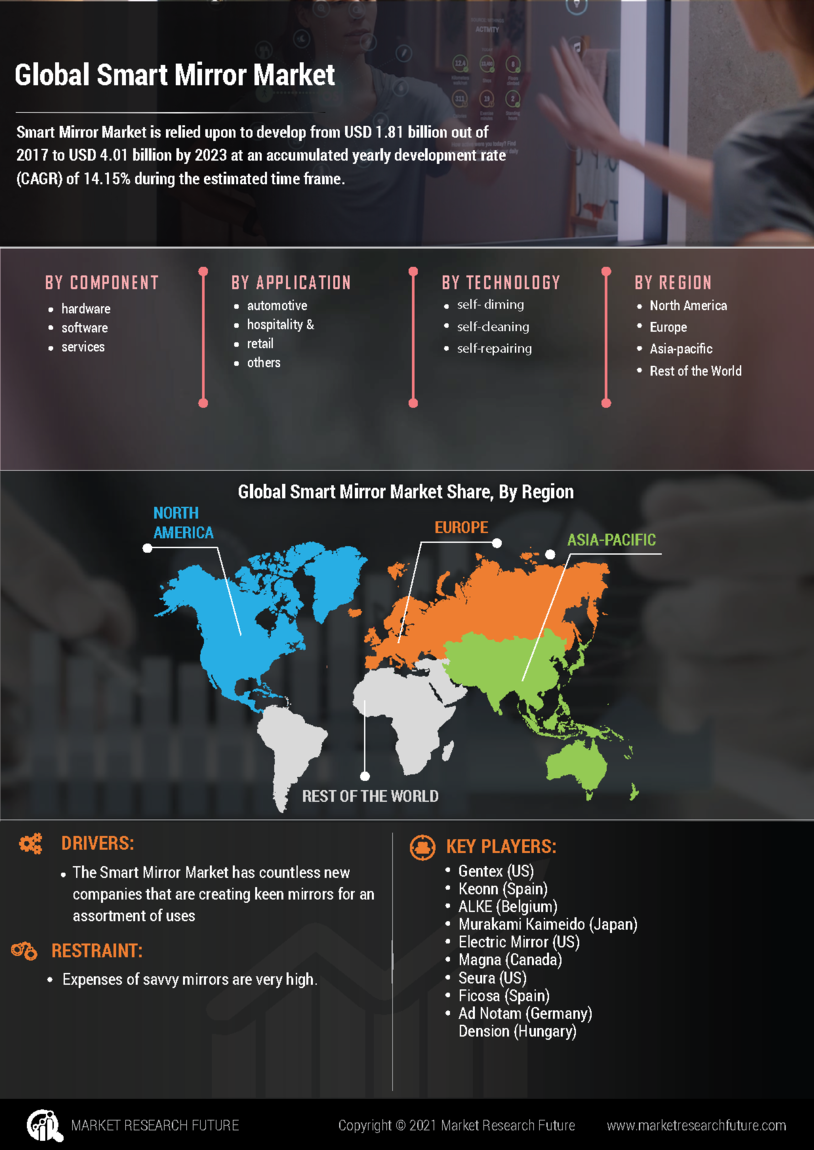
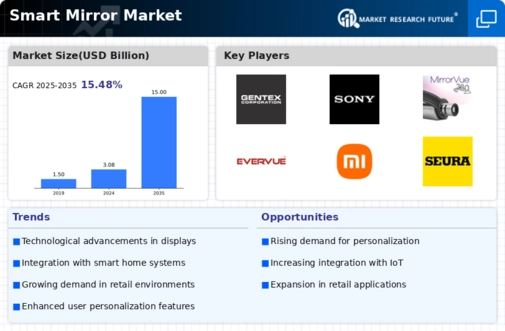
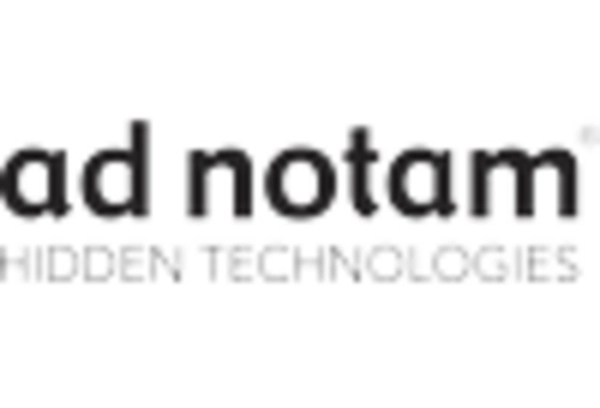
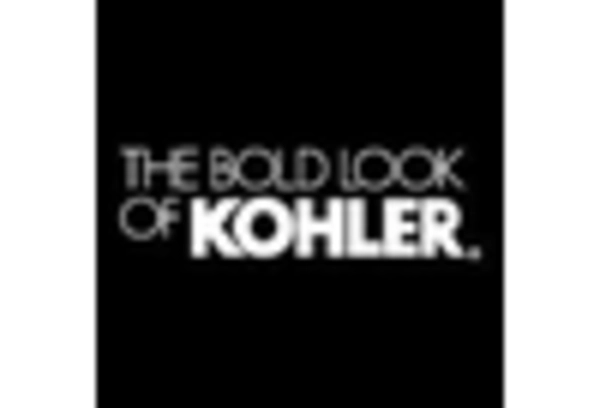
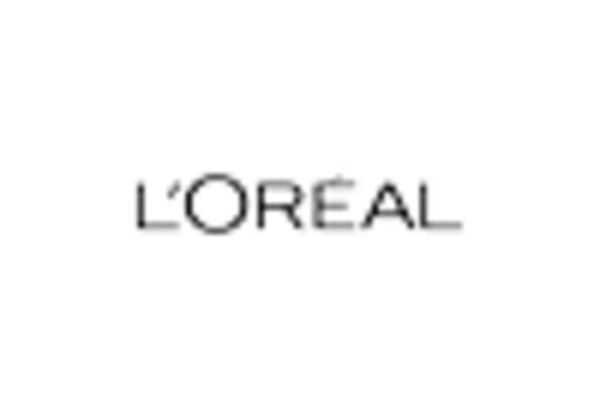

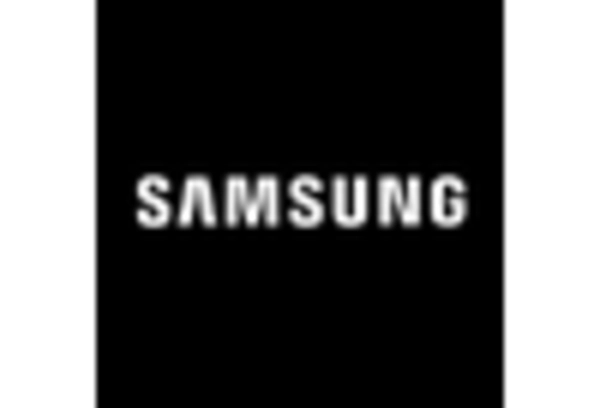
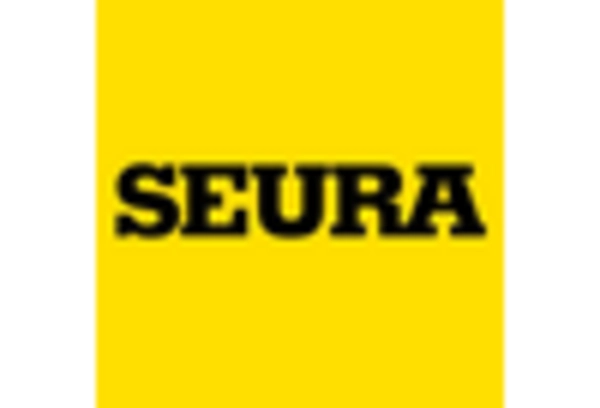








Leave a Comment